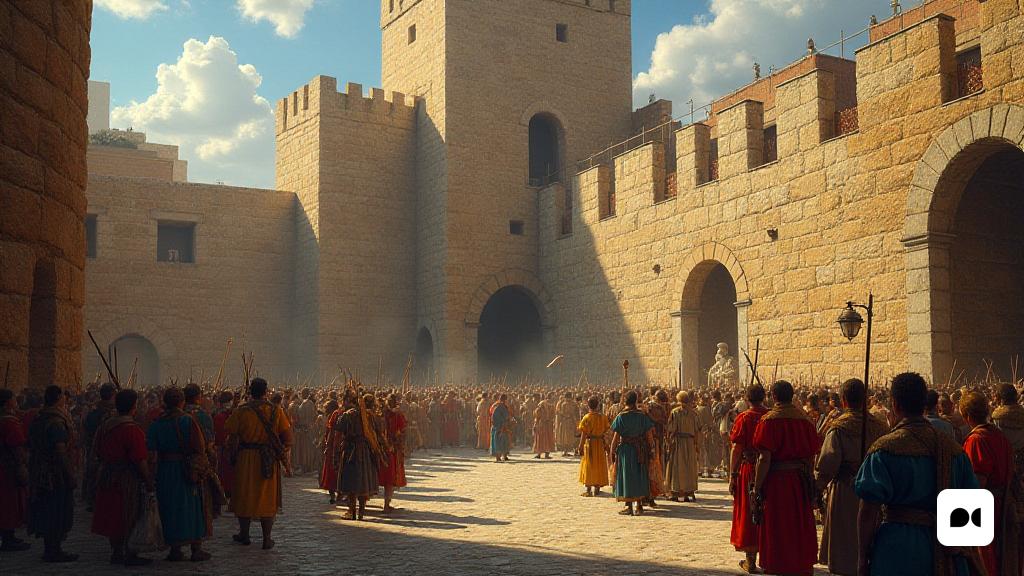A day that changed the history of Catalonia
On June 7, 1640, Barcelona became the epicenter of a popular revolt that would mark a before and after in the history of the Principality. In a context of increasing discontent with the Hispanic monarchy, the citizens of the Catalan capital decided to act, assaulting the prison located in the Plaza del Blat, in order to rescue one of its leaders, Francesc de Tamarit.
Francesc de Tamarit: a symbol of resistance
Francesc de Tamarit, who was the military deputy, was a key figure in the Government of the Generalitat. Together with Pau Claris, President of the Government, and Josep Fontanella, representative of the towns, formed a trio of power that defended the interests of Catalonia before the Hispanic authorities. His imprisonment had caused a wave of rejection among the population, who saw in him a defender of the sovereignty and the rights of the people.
The role of nobles and popular mobilization
The figure of the military deputy was chosen by the nobility, who sought to maintain control in a time of great social turbulence. Thus, the post of counselor-Protector not only represented a military authority, but also a bridge between the social classes and the population. The impact of the 15th -century remence Revolution had left a deep imprint on society, with a low nobility struggling with its influence and power.
The Assault on Prison: an act of collective courage
As the Sun rose in the sky of Barcelona, more than 3,000 men armed with arcabasos and pedrenyals met to participate in the assault in prison. Its determination overcame the resistance of the royal officers on the new portal, reflecting a feeling of unity and courage in the face of oppression. Carceller Felipe Sorribes, in an unexpected turn, opened the doors of the Dungeon, freeing not only Tamarit, but also other imprisoned counselors, such as Francesc de Vergós and Lleonard Serra.
Immediate consequences: the start of a new age
Tamarit’s refusal and the other counselors to house Hispanic troops, who perpetrated acts of violence and theft, showed the lack of good faith from the authorities. This incident was one of the triggers who led to the Reapers’ Revolution, which would explode shortly after. Philip IV’s declaration of war against Catalonia, announced on September 1, 1640, would mark the beginning of a conflict that sought independence and the defense of the rights of the Catalan people.
A legacy that lasts
The memory of that June 7, 1640 is not only a testament to the struggle for freedom, but also an inspiration for future generations. The courage of the Catalan people in the face of adversity is still an example of resistance and determination in their search for autonomy and justice. The story of that day reminds us that, in times of crisis, union and courage can transform the direction of collective destiny.

